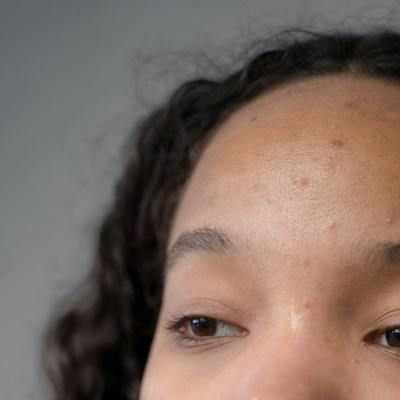Video
Understanding the Pathophysiology of Atopic Dermatitis
Author(s):
Transcript:
Andrew Alexis, MD, MPH, FAAD:Let’s kick things off with a very general question. Atopic dermatitis [AD] is one of the most common inflammatory conditions that we all treat. And yet there’s some debate as far as what terminology to use. Sometimes it’s referred to as eczema, in general, and other times, more specifically, atopic dermatitis.
I’m going to turn to you, Heather. Do you have an opinion on what the preferred term is for this disorder we’re talking about today? Atopic dermatitis or eczema? Are they the same thing, or are they different?
Heather Woolery-Lloyd, MD: Generally speaking, I use the terms interchangeably, but there is a tiny distinction. As dermatologists, we use the term atopic dermatitis more frequently, and patients will say, “I have eczema.” That’s what they’ll typically say. The minor distinction is that eczema can sometimes refer to other types of eczematous diseases that don’t have the same ideology as atopic dermatitis. But to make things simple, the majority of people use these 2 terms interchangeably, eczema and atopic dermatitis. And I do too. Typically, I use the term atopic dermatitis. The patients are using the term eczema.
Andrew Alexis, MD, MPH, FAAD: That’s a good explanation. When I’m speaking among my colleagues, I’ll say atopic dermatitis, because that is a specific meaning. But when speaking to nondermatologists or especially my patients, I might use the term eczema as an alternative. As you pointed out, there are many different types of eczemas beyond atopic dermatitis, such as nummular eczema, contact dermatitis, seborrheic dermatitis; they’re all in the eczema family. It is important when we’re speaking in a more scientific and clinical forum to use the term atopic dermatitis, in my opinion.
We’ve learned so much about the pathophysiology of atopic dermatitis over the past few years. Would you like to elaborate a little about what is known about the pathogenesis of this common disorder, Jamie?
Jamie Weisman, MD: What I say today may be wrong next year, so don’t hold me to everything. Our knowledge is expanding rapidly. Back in the day, 20 years ago, when we would call it the rash that itches, we thought the itch was the key component. Fast forward to where we are now, where we’ve come down to defining what I like to tell my patients is, essentially, the recipe for this disease.
We’ve defined interleukins 4 or 13, 31, 33 as key ingredients, if you will, for having active atopic dermatitis. But there’s more to that, of course, because we know that the microbiome, the bacteria and viruses that live in our skin, also play a role. They may set up shop there as a result of having underlining atopic dermatitis, but they perpetuate the inflammation. And they become incorporated into the recipe.
Then we’re learning about what’s happening on the cellular level, with the Janus kinase pathways and some of the inflammation that, again, may initiate the whole process. I like to think of the chicken and egg question, because skin barrier plays a role, of course. The question is, are some of these defects that we’ve known about for a long time, like filaggrin, are they the initiating factor, or is the inflammation the initiating factor that interferes with our skin barrier? That question remains open. We know they both can influence each other. Barrier defects leads to inflammation, and inflammation leads to barrier defect.
Andrew Alexis, MD, MPH, FAAD: Well said. You eloquently highlighted that there’s complex interplaybetween barrier dysfunction and immunologic factors, genetic factors, and environmental factors that all overlap to produce the expression of this disease. It’s interesting to see more and more research over the past few years that helps us describe specific immunophenotypes of this complex disorder, where adults with atopic dermatitis may have a slightly different immunophenotypic expression than pediatric patients with AD. There are also ethnic differences that are emerging. We’ll talk a little bit more about that later in the program.
Transcript Edited for Clarity

Study Compares ChatGPT-4 Diagnostic Abilities to Teledermatologists




